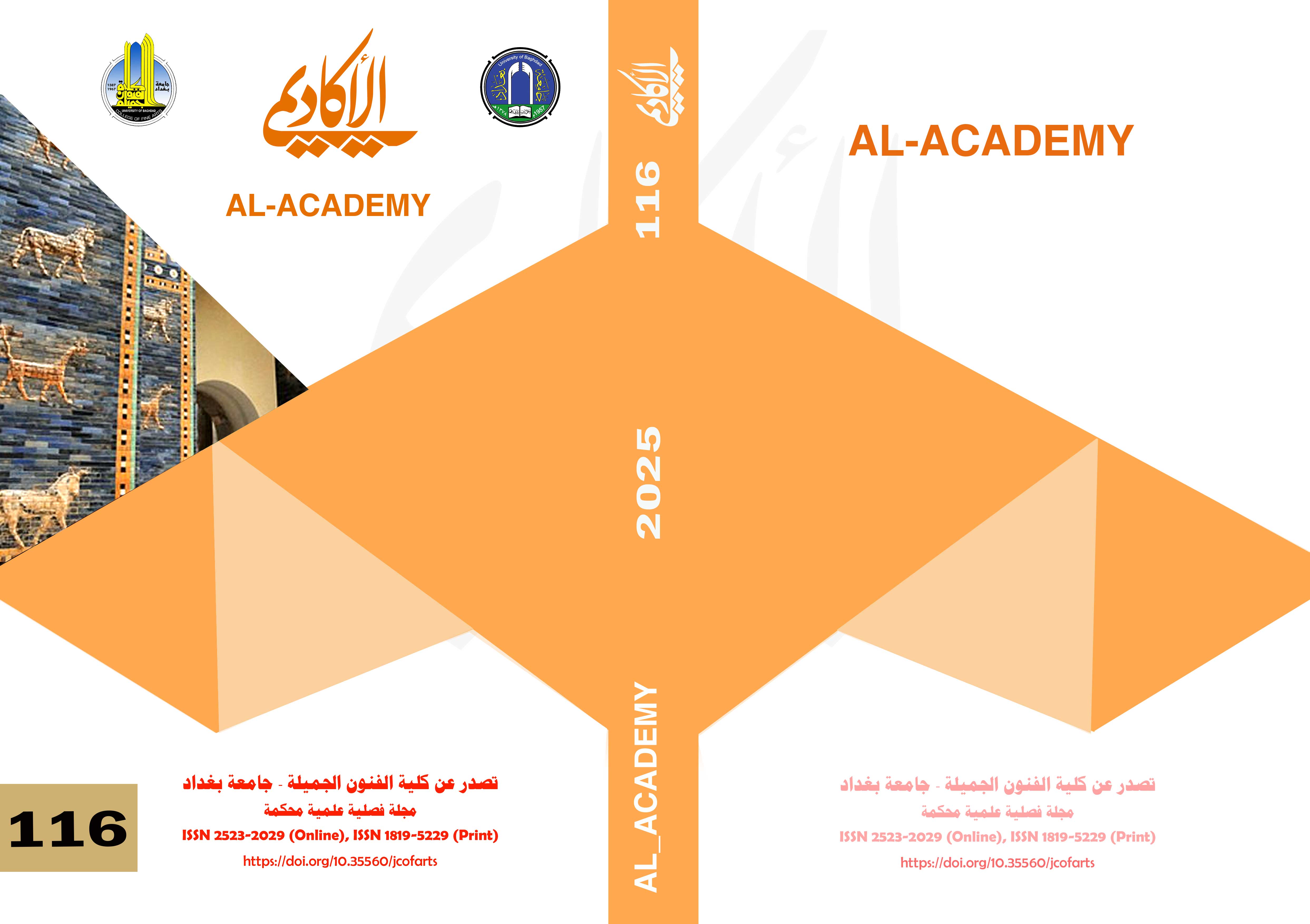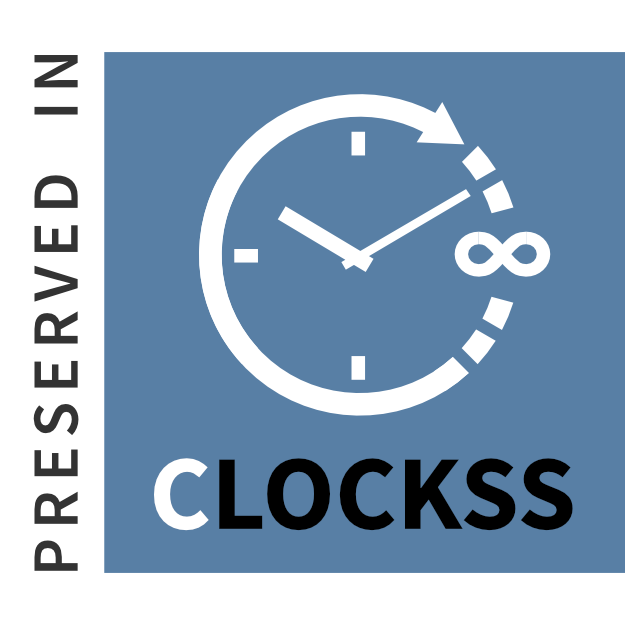Advantages of Cubism and its implications in graphic design
DOI:
https://doi.org/10.35560/jcofarts1453Keywords:
features, cubism, style, design, graphic, formal, constructive, contemporaryAbstract
Cubism, with its philosophical and technical character at the same time, is based on formal outcomes that are compatible with the paths of formal formations in design as one of the applied arts. The design process represents a movement of creative activity in the artistic field and what it embodies in meeting functional and performance needs according to visual discourses that include within them vocabulary and symbols that take a form. Varied relationships in producing a different style depending on cultural and social change, which are closely linked to change in time and development in technical fields.
The relationships that characterize the characteristics of the Cubist school are artistically reflected in the fields of graphic design through the formal constructivism of Cubism. It is also characterized as a method and direction that appears to be at a clear level of fundamental understanding of the development of contemporary concepts and ideas in the arts of design in general and graphic art in particular.
References
Abbas, R. A. (1987). Studies in art and beauty, aesthetic values. Cairo: Dar Al-Ma'rifa University.
Abdul Hamid, S. (1987). The creative process in the art of photography, World of Knowledge Series, Issue (109). Kuwait: The National Council for Culture, Arts and Literature.
Afif, b. (1982). European art from the Renaissance until today. Beirut: Dar Al-Raed Al-Lubani.
Al-Ahmar, N. F. (2010). Intertextual Intertextual Interaction, 1st edition,. Cairo: General Authority for Cultural Palaces, .
AlamEl-Din, M. (1981). photograph,. Cairo: Egyptian General Book Authority.
Al-Hakim, R. (1986). Susan Langer's Philosophy of Art, 1st ed. Baghdad: House of General Cultural Affairs.
Ali, F. (2009). Integration between fabric and fashion designs and the resulting relationships in the overall product, unpublished doctoral thesis. Baghdad: University of Baghdad, College of Fine Arts.
Al-Marayati, K. C. (2007). Ecological psychology. Baghdad: House of Wisdom Magazine, Issue (45).
Barjawi, A. R. (1981). Chapters on Aesthetics. Codes: Salah al-Din Publications.
Edward, F. (1990). Cubism. Baghdad: Dar Al-Ma'mun.
Fadl, p. (1997). Picture Reading and Reading Pictures, 1st ed. Cairo: Dar Al Shorouk for Printing and Publishing.
Fry, A. (1990). Cubism, edited by: Hadi Al-Ta’i. Baghdad: Dar Al-Mamoun for printing, publishing and distribution.
Grirk, G. O. (1960). :Art Fundamantals. USA: Thory and practice,printed in.
Grirk, G. O. (1960). Art Fundamantals. USA: Thory and practice, printed in.
Haider, N. A. (2001). Analytical criticism and its mechanism in contemporary fine art. Baghdad: Arab Horizons Magazine.
Hamza, K. (2003). Conformity and the two cities of Alpha, plastic art in Jordan. Amman: Publications of the Supreme National Committee.
Hassan, H. M. (2020). Doctrines of Contemporary Art, Center for Intellectual Creativity. Sharjah: Department of Culture and Information, Government of Sharjah.
Ibrahim, Z. (1987). The Problem of Art, Book Three. Cairo: Misr Library for Printing and Publishing.
Mahmoud, A. (1981). Contemporary fine art. Lebanon: Da. Beirut : Triangle Design, Printing and Publishing.
Mary Giovanni. (1998). Thinking Outside the Box, prepared by the Translation Department,. Syria: Dar Al-Farouq,.
Muhammad, b. (2012). The Art of Graphic Design in Contemporary Visual Awareness, Issue 37. Baghdad: Al-Academi Magazine, College of Fine Arts.
Neumayer, S. (1989). The Story of Modern Art, Ramesses Greece. Cairo: Contemporary Thought Series, Anglo-Egyptian Library.
Saleh, Q. H. (1990). In The Psychology of Fine Art (Vol. 1). Baghdad-Iraq: House of General Cultural Affairs.
Downloads
Published
Issue
Section
License
Copyright (c) 2025 Noor Saad Hashem, Naeem Abbas Hassan

This work is licensed under a Creative Commons Attribution 4.0 International License.













